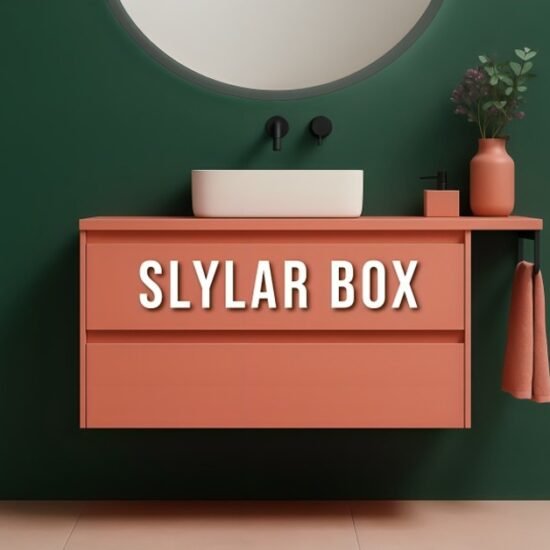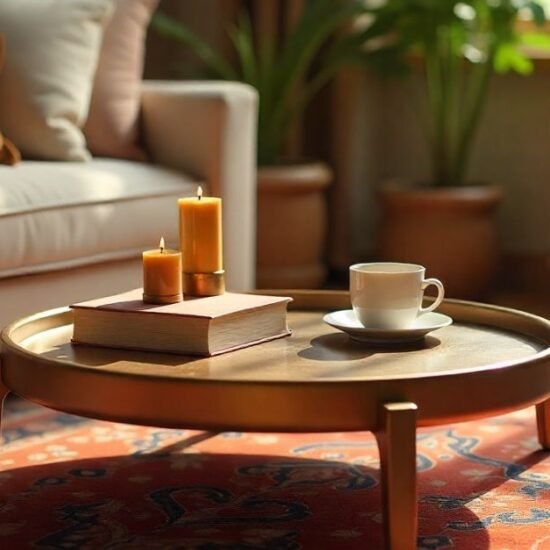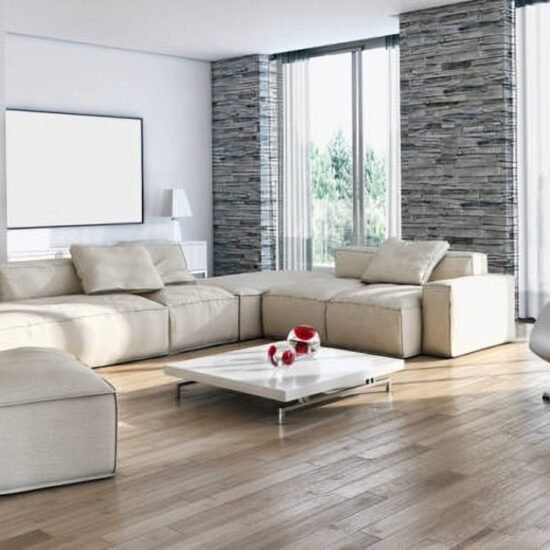Introduction
The smallest details frequently have the greatest effects when it comes to house décor. In minimalism and nature-inspired interior design, pyntekvister, a Scandinavian word meaning “decorative branches,” have recently gained prominence. Pyntekvister, which combines organic textures with clear lines, provides an affordable and aesthetically adaptable method to give any space flair.
Pyntekvisters are a striking visual element whether they are employed as hanging installations, placed on walls, or stacked in tall vases. They enable year-round seasonal storytelling without clutter or overspending by bringing the outside indoors. It blends in perfectly with Nordic, rustic, bohemian, and even contemporary glam styles, whether they are displayed on dried birch twigs, painted willows, or sparkly festive branches.
What makes pyntekvister unique, how to use it, where to find it, and how it stacks up against other natural design materials will all be covered in this article. To make the most of this popular décor staple, you’ll find lots of doable ideas, design inspiration, and styling advice, whether you’re redesigning your living room or updating a seasonal centerpiece.
Understanding Pyntekvister: More Than Just Branches in a Vase
Pyntekvister literally means “decorative twigs” or “ornamental branches” in Norwegian/Danish, but in reality, they mean much more. Because of their sustainability, adaptability, and elegance, these design components are increasingly being used in interior design around the world.
What Defines Pyntekvister?
- Natural Origin: Typically, actual branches that have been dried, painted, or preserved
- Various Finishes: raw, sparkly, gold-dusted, or painted white
- Minimal Aesthetic Appeal: Entryways, open shelves, and cathedral ceilings
- Eco-friendly décor: that frequently uses recycled or foraged materials
Common Types:
- Driftwood, manzanita, eucalyptus, willow, birch, and cherry
- Faux versions, portable and reusable
- metallic-finished or glass-beaded for contemporary holiday ensembles
For those who like to enhance a place with height, texture, and organic beauty without overpowering it, it is perfect.
Top Benefits of Using Pyntekvister in Home Decor
Why are do-it-yourself decorators and interior designers so fond of Pyntekvister?
Key Benefits:
- Cost-effective: You can purchase them in bundles or collect some from nature.
- Low Maintenance: No need for wilting or watering
- Adaptable to Seasons: Excellent for themes related to spring, fall, or Christmas
- Extremely customizable: fit your preferred hues and textures
- Eco-Conscious: Reusing or foraging a sustainable décor item
Ideal Spaces for Display:
- Consoles at the entrance
- Table centerpieces for the dining room
- Mantelpieces
- Shelves in bathrooms
- Corners of bedrooms for vertical height
By using it, you can effortlessly change a place from season to season and appreciate nature without compromising style.
Popular Styles and Themes for Pyntekvister
From boho to contemporary, Pyntekvister can be customized to complement any type of decor. Let’s examine a few well-liked design combinations.
Styling Ideas by Theme:
| Style | Pyntekvister Type | Accents to Add |
| Scandinavian | White birch or raw willow | Neutral vases, ceramic pottery |
| Bohemian | Eucalyptus or pampas branches | Macrame hangers, woven baskets |
| Rustic Farmhouse | Twisted manzanita or driftwood | Mason jars, burlap runners |
| Holiday Glam | Gold-sprayed pyntekvister | LED lights, ornaments, glitter |
| Coastal Chic | Driftwood and muted branches | Seashells, sand-white pottery |
Tips:
- Use light-colored vases for simple, crystalline designs.
- For spaces that embrace nature, combine wood or stone accents.
- To create the appearance of height in smaller spaces, use taller vases.
With each style method, it easily blends in with the existing decor.
Seasonal Decorating With Pyntekvister
Pyntekvister’s ease of integration throughout the year is one of its strongest features.
Seasonal Décor Guide:
Spring
- Make use of branches that are in bloom, like cherry twigs.
- Combine with fresh flowers or pastel ceramics.
Summer
- Use as few eucalyptus or green branches as possible.
- Include seashells or citrus accents.
Autumn
- Stir in dried berries and maple leaf sprays.
- Include rustic elements and soft lighting.
Winter/Holidays
- Make use of silver- or white-painted.
- Add fairy lights or accessories.
Materials & DIY: Make Your Own Pyntekvister at Home
Why not create your own pyntekvister if you’re inventive (or on a tight budget)?
Materials You Might Need:
- Branches of natural wood (purchased or acquired)
- White, gold, silver, and pastel spray colors
- Adhesive jewels or glitter glue
- Sealant that is clear (to prevent flaking)
- Glue gun, gloves, and wire cutters
DIY Steps:
- Dry and clean the branches.
- As desired, paint or embellish.
- Use textiles or string to provide texture or illumination.
- Hang as wall art or put in a strong vase.
DIY is not just a fun weekend activity, but it also lets you make personalized elements for your home that no one else will have.
Pyntekvister vs. Faux Flowers and Other Natural Decor
| Attribute | Pyntekvister | Faux Flowers | Live Houseplants |
| Maintenance | Very Low | Low | Medium to High |
| Cost | Budget-Friendly | Medium | Medium |
| Lifespan | Months to Years | Years | Variable |
| Sustainability | High (if natural) | Low | Medium |
| Aesthetic Versatility | Very High | High | Moderate |
It is distinguished by its endurance, ease of use, and adaptability in design.
Real-Life Use Case: How One Designer Used Pyntekvister
Case Study: Amanda Leif (Interior Stylist – Oslo, Norway)
- Project: A contemporary living room in Scandinavia
- Goal: The objective is to give clean, subdued tones a natural softness.
- Solution: A tall, matte-black vase with a white-painted pyntekvister
- Result: It immediately gave an otherwise flat space height, movement, and harmony.
According to Amanda, visitors always remark on the branches first, demonstrating their striking appearance!
Where to Buy or Source High-Quality Pyntekvister
Depending on your preferred material and budget, It can now be purchased from a variety of suppliers worldwide.
Best Buying Options:
| Platform | Type | Price Range |
| IKEA | Faux + Real Mix | 5–
5–30 |
| Etsy | Handmade & custom | 10–
10–50 |
| Amazon | Bulk or seasonal | 8–
8–40 |
| Local Florists | Natural, local origin | Varies |
| Nature Foraging | Free & eco-friendly | $0 |
Bonus Tip: Combine bought branches with treasures from your own collection to create a unique, rustic vibe.
Styling Pyntekvister in Small vs. Large Spaces
Pyntekvister is incredibly adaptable, regardless of how big or small your home is.
For Small Rooms:
- Use narrow bottles with thin, single stems.
- Visual lightness is maintained by neutral tones.
- To add vertical height, place close to windows or in corners.
For Large Rooms:
- Use large bundles or full-feathered stems.
- Make a statement with painted or embellished branches.
- Combine with large vases or ceramics.
To add depth and shadows to the space, use the lighting surrounding the pyntekvister.
The Future of Pyntekvister in Home Design Trends
They are a part of a broader movement toward tactile design, sustainability, and simplicity.
Design Predictions:
- Made from repurposed or discarded materials
- Aromatherapy was used to integrate smell branches.
- Combinations with diffuser oils or candles
- Integrated smart lighting around branch displays
With their ability to combine elegance and substance, They are here to stay as we move more toward eco-chic and natural living.
FAQs
Are Scandinavian homes the only ones that employ pyntekvister?
Not at all! Despite having Nordic design roots, they are currently popular all around the world.
Is it possible to combine flowers and pyntekvister?
Of course! They look good with both artificial and real flowers.
Do they require particular care regimens from me?
In general, no. Just keep them dry and dust them from time to time.
Does Pyntekvister allow pets?
Yes, provided that they don’t have any sharp edges or poisonous coatings.
Can I do my own painting on a pyntekvister?
Indeed, it is popular and simple to spray-paint them in metallic or seasonal hues.
Conclusion
Pyntekvister combines sustainability, aesthetic versatility, and the best of natural design. These adaptable branches are perfect for creating a Christmas display, updating your living room, or simply satisfying your desire for seasonal softness.
By adding organic structure to any space, it adds maximum impact at minimal expenditure. With a few stems and a little creative styling, they let spaces breathe, look good in pictures, and remain classic.
Don’t ignore the understated elegance and useful appeal of it the next time you’re remodeling or updating your area. Nature truly does know best sometimes.




